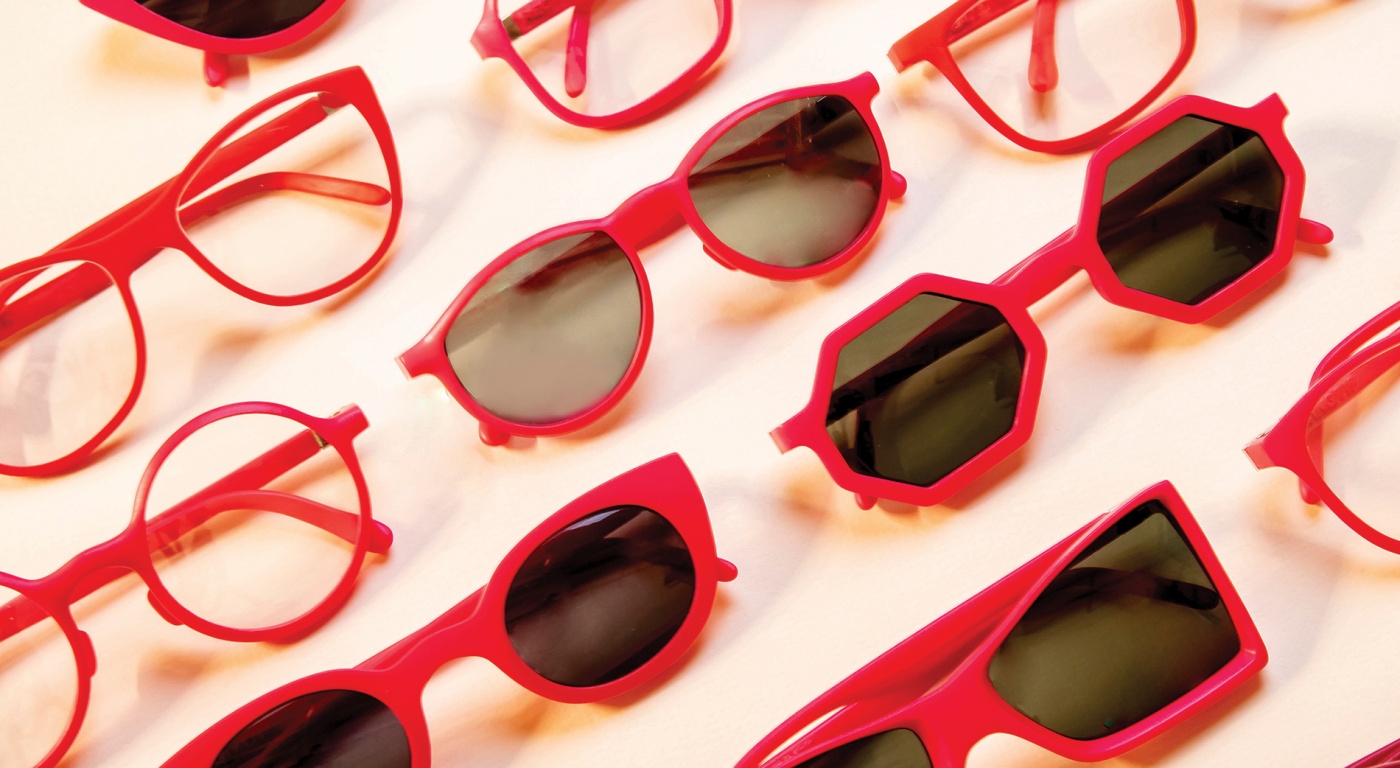Anyone who wears glasses knows the frustration of going to an eyewear store and trying on pair after pair that don’t look right. What if you could take a picture of your face, design your ideal glasses—choosing color, shape, and frame size—then push a button and make it real? That’s what Sahir Zaveri ’14 and David Lee ’14, MS ’15, have created with new eyewear startup King Children.
The company, launched in November, uses 3-D printing to allow customers to design custom specs made of engineering-grade plastic. “Most plastic eyewear is made of cellulose acetate, which is brittle and breakable,” Zaveri says. King Children’s plastic is half the weight, stronger, and more flexible: “It gives a greater sense of durability and comfort.”
The frames can be designed to fit a diverse range of people. “I am Asian, and I have a wider face,” says Lee. “It was hard to find glasses when I was younger. Your face is one of the most unique and wide-ranging parts of your body, and yet people are satisfied with these off-the-shelf frames.”
The pair gained appreciation for diversity while living together at Buxton International House. Zaveri, from Mumbai, India, experimented with 3-D printing at middle school, and concentrated in applied math. Lee, from California, studied computer science. They talked about creating a custom clothing company, but the technology wasn’t ready.
When Zaveri heard Apple was developing “depth control” for iPhone cameras, he called Lee. They worked for two years to create a practical, fun-to-use interface. Now customers can use King Children’s app to design glasses and get them shipped in two weeks. The price: $125 a pair.
If the company is successful, Zaveri and Lee see it as a first step to many kinds of customized clothing. “We’re creating a whole new category of consumer products,” Zaveri says. “The world we see in the future is one where we walk down the street and see people who are wearing things that are designed for them, and hopefully by them, but are also affordable.”






